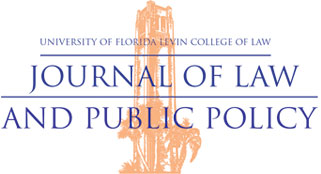
Abstract
Peter Doe, a high school student with an average IQ and an average attendance record, graduated from high school in 1972. His reading ability at the time of graduation was approximately at the fifth-grade level. Peter Doe brought suit against the school district and its employees for negligence resulting in his inability to read and write. He sought damages of $500,000. The plaintiff claimed that these actions resulted in depriving him of basic academic skills thus limiting his lifetime stream of earnings. In other words, he asserted that he was injured because the school district and its “teachers negligently or intentionally failed to conform to minimum standards of professional competence.” Peter Doe lost his suit, setting a rejection standard for virtually all such suits. “While professionals, such as physicians and attorneys, are held individually accountable through malpractice suits when their professional actions fail to conform to accepted practices and an injury results, to date malpractice in education has failed as a theory of recovery.” Have times changed in the intervening almost half-century since Peter W. that may bring about a change—is educational malpractice a tort whose time has come? This study uses a mixed method to review the legal concept of educational malpractice and the perceptions of education law experts on educational malpractice. Stefkovich and Torres noted that a mixed methods approach is “strongly supported by the education law community.” Furthermore, Schimmel reinforced their assertion, writing that these complimentary methods add depth and texture to legal research.
Recommended Citation
DeMitchell, Todd A.; King, Stefanie; and DeMitchell, Terri A.
(2022)
"Educational Malpractice: Is it a Tort Whose Time has Come? An Exploratory Mixed Methods Study,"
University of Florida Journal of Law & Public Policy: Vol. 32:
Iss.
2, Article 2.
Available at:
https://scholarship.law.ufl.edu/jlpp/vol32/iss2/2